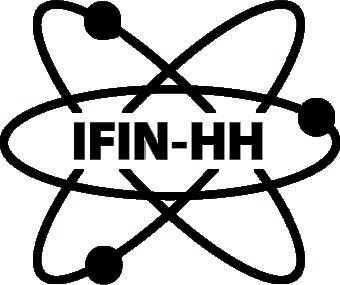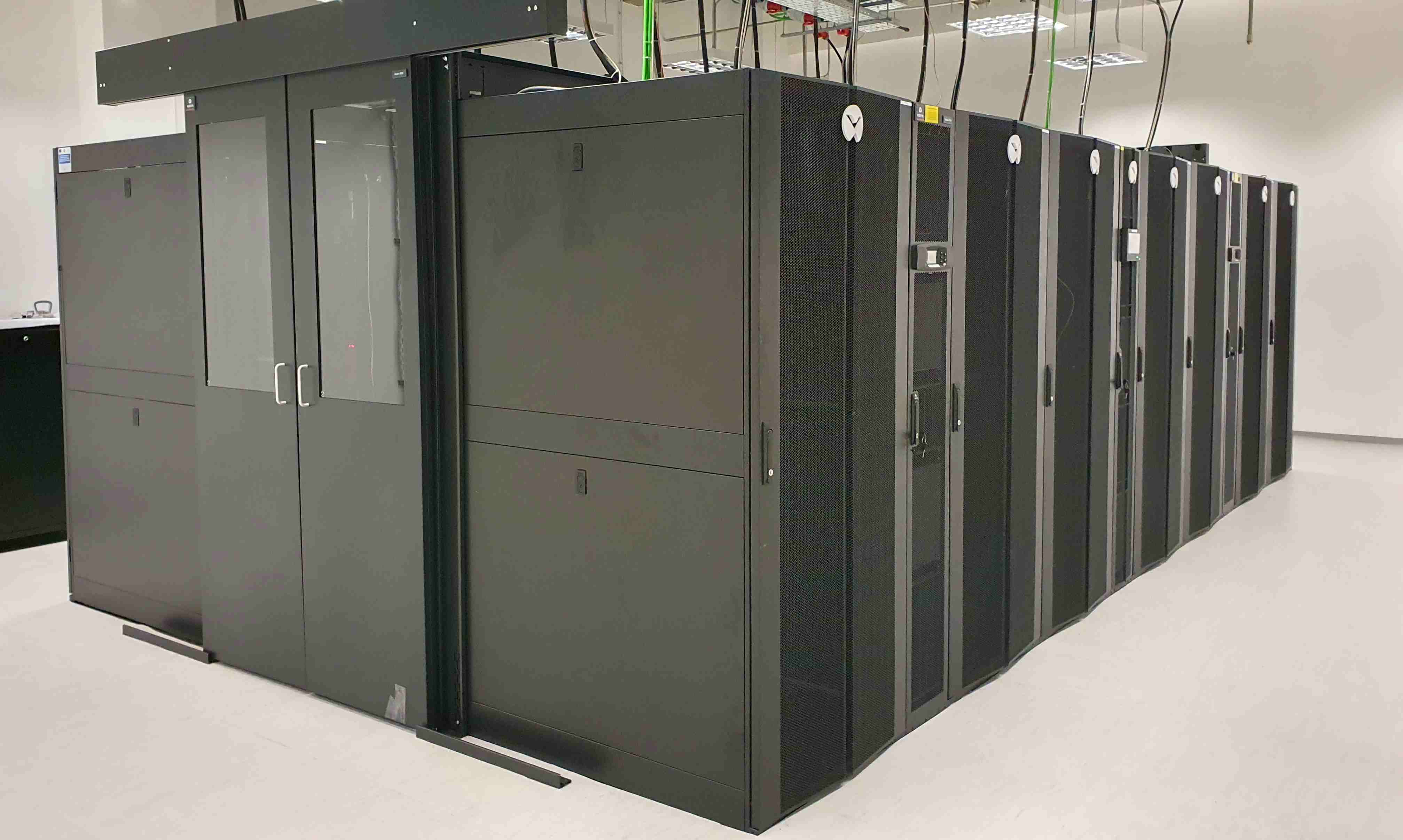Short history
DFCTI was established in 2011 by a team of computational physicists and IT scientists dedicated to developing a state-of-the-art computing infrastructure for demanding numerical simulations in physics. The department continues a long tradition in advanced computing that started in 1956, when the first Romanian computer (CIFA-1) was built on the premises of the institute. Over time, the IT unit was known under the names "Electronic Computer Laboratory", "Laboratory of Computing Technique" and "Center for Information Technology and Communications".
R&D topics
- Nuclear and subnuclear physics
- Physical properties of nanostructures
- Molecular dynamics of biomolecules
- Bioinformatics for NGS data analysis
- High throughput, high performance and cloud computing technology
Infrastructure
DFCTI hosts, develops and administrates one of the most important e-infrastructures in the country, that includes HPC, HTC and cloud computing facilities dedicated to the support of the research community within IFIN-HH and of the large scale international collaborations in which the institute takes part.
Collaborations
DFCTI participated in various international R&D and infrastructure FP6/FP7/H2020 projects on Grid, HPC and Cloud computing, such as EGEE, SEE-GRID, HP-SEE, EOSC-hub, EGI-ACE. The staff currently conducts collaborations with:
- Worlwide LHC Computing Grid (WLCG), CERN
- EGI - Advanced Computing for Research
- Reykjavik University
- INCDTIM-Cluj, ISS, UAIC, UNSTPB, UOC, UVT
- AARNIEC RoEduNet




